Wind Speed and Gradient Observations at Lake Julienne
1.0 Introduction
This article describes observations of wind gradient and wind speed plus direction measurements at Lake Julianne in North Queensland, Australia. This is the home of the Whitsunday Model Boat Club, situated in the tropics at approximately S 20 deg. 20 min, E 148deg. 36 min. It is approximately 9 kilometres in from the coast and is approximately 200 metres east west and 170 metres north south. To the south and west the land is flat with sugar cane fields, while to the north and east are gently rolling hills with dwellings.
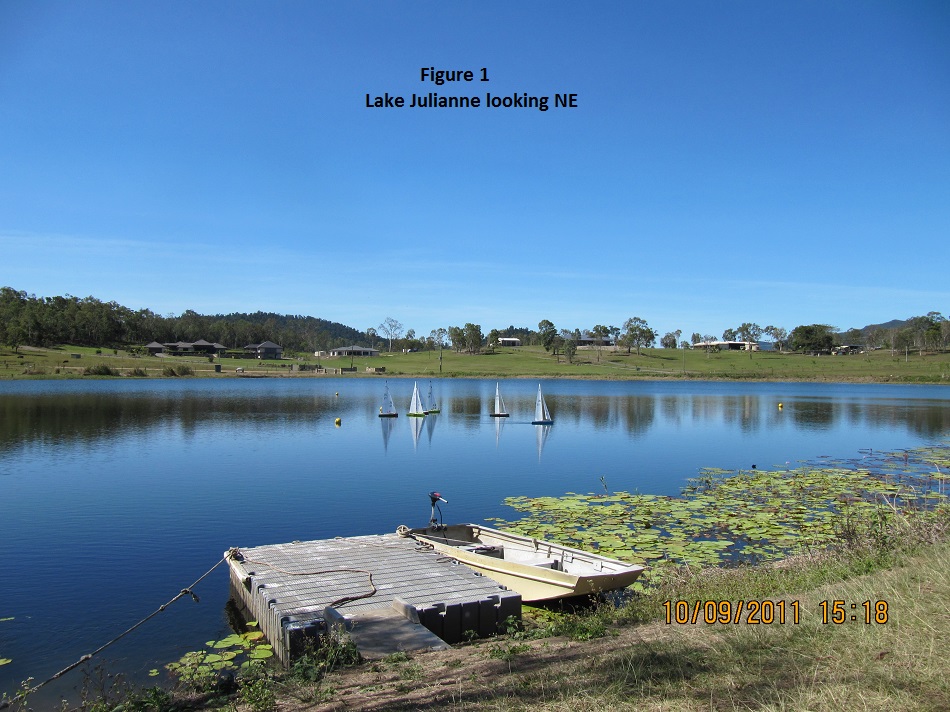
The observations were made in winter when the most common breeze is a SE trade wind, however by chance most of the observations were in a NE wind. The photograph above is not on any of the days of observations!
The observations were as follows:
• Gradient measurements from the pontoon in NNE wind on 19th September 2009.
• Wind speed measurements at 2 second intervals for about 10 minutes in a NE sea breeze on 7th September at a point about where the boats are in the picture. Air temperature 24 degrees Celcius.
• Observation of wind speed while sailing an IOM with an A rig around the same point as above in a SE trade wind.
• Observations of wind speed and direction at 2 second intervals for about 15 minutes on 14th September at the same point as above in a NE sea breeze. Air temperature 25 degrees Celcius.
2.0 Measurement of wind gradient
The method adopted was to measure the wind speed at 2, 1.5 1.0 and 0.5 metres and 50mm above the water then move onto the next height. This gave a large scatter of wind speeds for each height: not surprising given the variability in the later readings described below. Reasonable gradients were, however, obtained by averaging a large number of readings. It is interesting to note that significant wind speeds were measured even as low as 50mm above the water surface. The results are given in Figure 2. The sharp increase near the top is thought to be due to the proximity of the bank behind the measurement point.
For a boat sailing at 45 degrees to the true wind at 2 knots the measured gradient requires a twist over the height of an IOM A rig mainsail of just under 9 degrees.
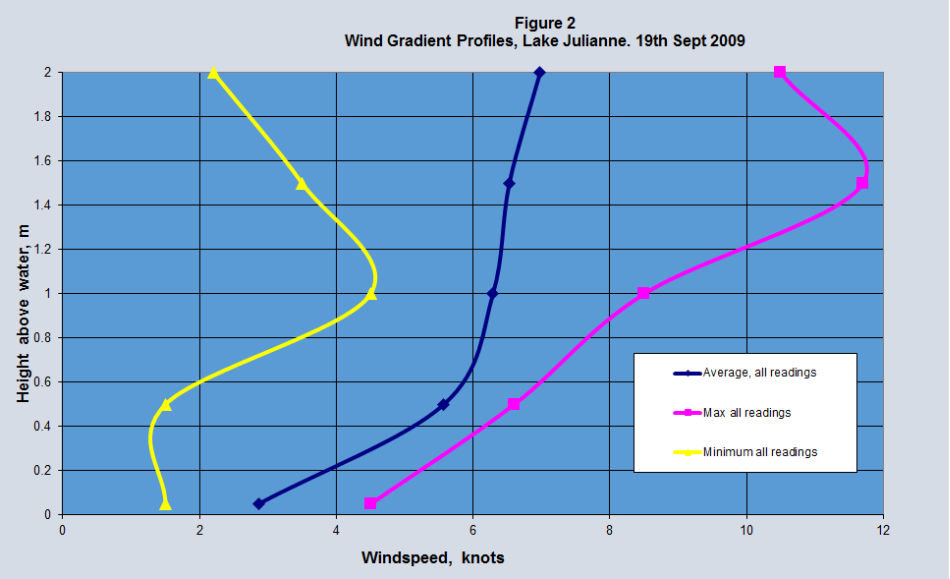
3.0 Observations 10th September 2013
On this day the wind speed at the average height of an IOM sail plan (about 670mm above the water) ranged from 6 to 11 knots from the SE. The measured wind speed showed similar rapid changes to that noted below, however the behaviour of the IOM with an A rig sailing around the observation point did not show any evidence of this second to second variability, proceeding smoothly both up and downwind except in the odd major gust. This shows that the effect of lateral inertia and damping by the water acting on the keel is substantial.
To windward the gunwale came level with the general lake surface at a wind speed of 7 knots, but because of the trough between the bow and stern waves the gunwale was clear of the water. The boat stayed under control to windward throughout, downwind however, control problems and nosediving occurred once the wind reached the 11 knot range.
4.0 Observations 7th and 14th September 2013
The wind on both these occasions was a NE sea breeze and the readings were taken during a break in the racing. None of the skippers though the wind was unusually gusty or shifty though it was recognised that in some races a large wind shift did occur, and an occasional nose dive occurred. Once again the boats did not reflect the extreme variability in wind strength that was observed, proceeding fairly steadily without sudden changes to the heel angle except for a few major gusts. The results are presented in Figure 3A for the 7th September and Figure 3B for the 14th September.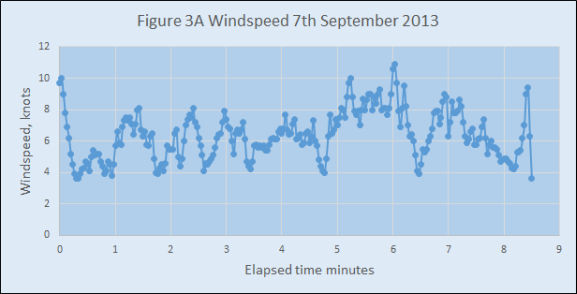
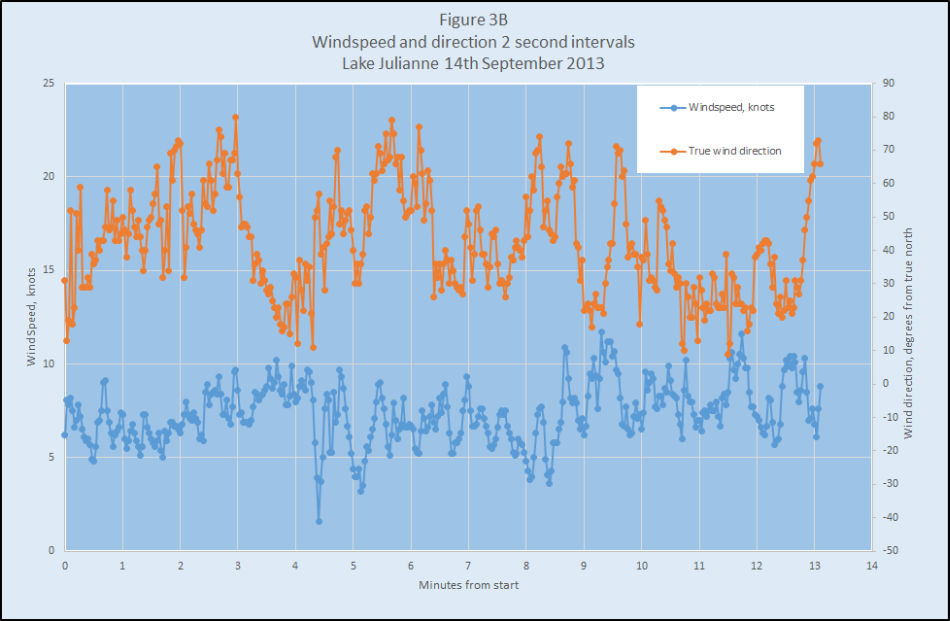
The wind direction results pose some interesting problems. The normal windward leg lasts about 3 minutes. If the race began at time zero in Figure 3B the boats would experience a general lift to starboard for the whole leg (tacking on the “noise” would be unlikely to be fruitful): the correct tactic would therefore be to tack onto port at the start and go to starboard about halfway up. This is like the conditions in the Kiel Olympics which caused consternation for people whose only experience was in oscillating winds and required a counter intuitive tack onto the knocking tack at the start. On the other hand if the leg began at about the 3 minute mark then it would be correct to start on the lifting tack. How one could ever tell the difference I cannot say, but it would be useful!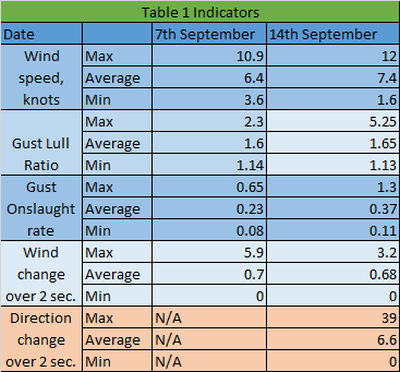 Analyses showed that the gusts could either veer or back with no preference for either direction. Likewise there was no connection between wind direction and wind speed.
Analyses showed that the gusts could either veer or back with no preference for either direction. Likewise there was no connection between wind direction and wind speed.
What statistics to extract is still being developed but Table 1 shows those extracted to date. Some of the items deserve explanation.
The Gust/ Lull ratio is the upper wind speed in the gust divided by the wind speed just as the gust begins. The gust onslaught rate is the speed at which the gust gathers strength. Depending on the magnitude of these indicators, different tactics need to be adopted to parry or use the gusts. In our NS14 dinghies we had a range of options from easing sheets, swinging harder, or even changing the flexibility of the rig In model yachts the choices are more limited, once the boat is on the water the choice is whether to ease the sheets or let the boat cope. The wind change over 2 seconds gives an indication of how gusty things are and the wind direction change over 2 seconds shows how shifty the wind is.
Hopefully with data from other locations these will give an indication of the nature of each course and provide guidance on handling the conditions.
Col Thorne Jan 2014
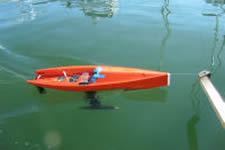
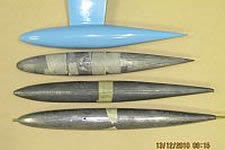
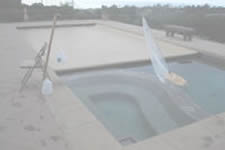

 Wind & Water
Wind & Water